Top Things to Know Before Buying Easy-to-Grow Houseplants
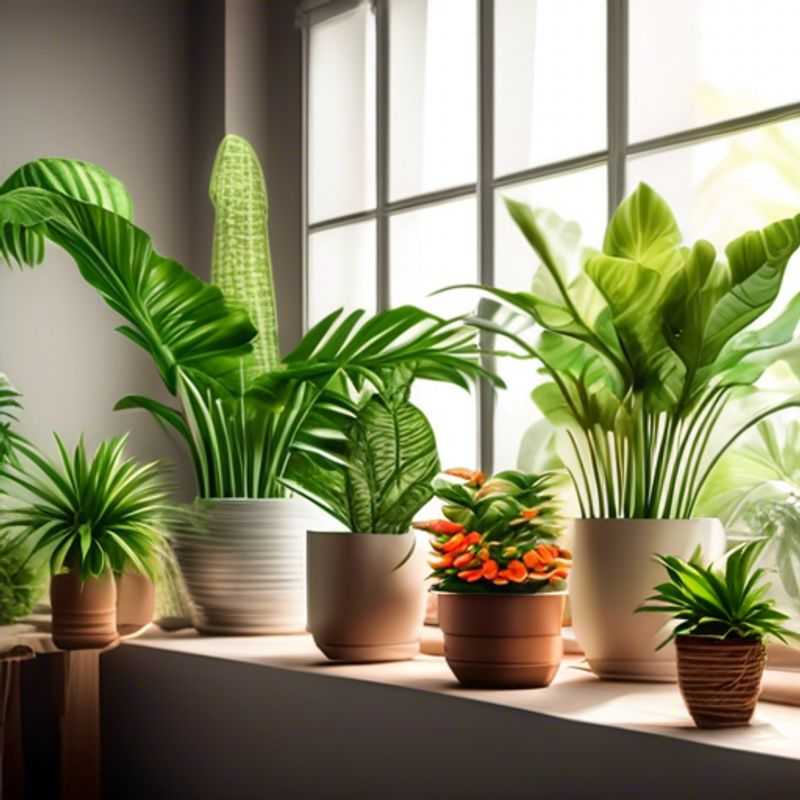
Top Things to Know Before Buying Easy-to-Grow Houseplants: A Beginner's Guide
Bringing a touch of nature indoors can be incredibly rewarding, and houseplants are a fantastic way to do just that. But before you head to the garden center, there are some crucial things to consider to ensure your new green companions thrive. Let’s dive into the top things to know before buying easy-to-grow houseplants:
Research the specific care requirements for the type of houseplant you want to buy.
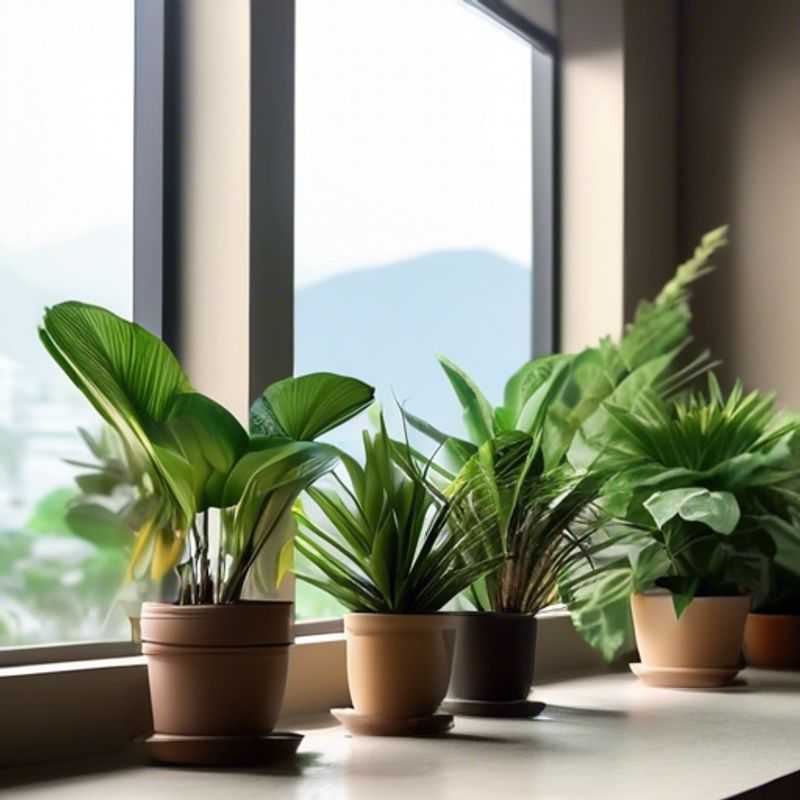
Know Your Green Friend: Researching Houseplant Care Before You Buy
Bringing a new houseplant home is exciting, but before you do, take a moment to research its specific care requirements. This will give your new plant the best chance to thrive in your home.
Think of it like giving your plant a personalized care plan – just like we have different needs, plants do too! Here's what you need to know:
Light: Some plants love bright sunshine, while others prefer a shady spot. Knowing your plant's light preference will help it grow strong and healthy.
Water: Overwatering is one of the most common mistakes plant parents make. Research how often your plant needs watering, and be mindful of its soil moisture.
Humidity: Some plants are more sensitive to humidity levels than others. If your home tends to be dry, you might need to take extra steps to boost humidity for your plant.
Temperature: Just like us, plants have ideal temperature ranges. Keep your plant away from drafts or overly hot spots in your home.
Soil: The right soil mix is crucial for your plant's health. Some plants prefer well-draining soil, while others thrive in rich, organic soil.
Fertilizer: Fertilizing your plant can help provide it with the nutrients it needs. Research the best type of fertilizer for your specific plant and the frequency it needs to be applied.
A little research upfront can go a long way in keeping your houseplant happy and healthy for years to come. Remember, there are countless online resources and gardening experts ready to help you. Enjoy the beauty and joy your new plant will bring!
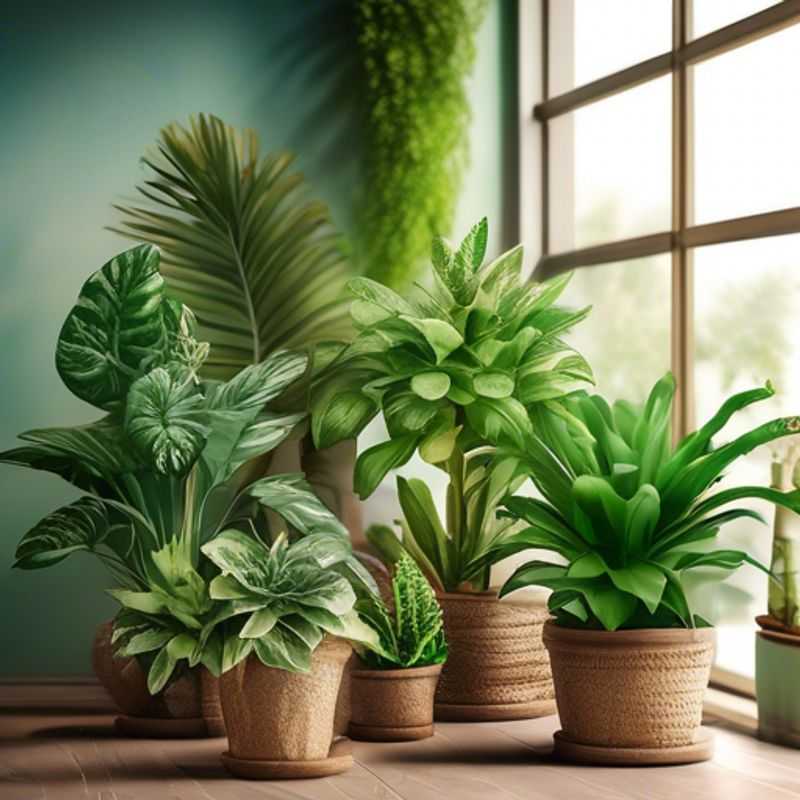
Choosing the Right Plant: Light, Water, and Space Considerations
When choosing a plant, consider the amount of light, water, and space you can provide. Different plants have different needs. Some plants need a lot of light, while others prefer shade. Some plants need to be watered frequently, while others can tolerate drought. And some plants can grow to be very large, while others stay small.
Light is essential for photosynthesis, the process by which plants convert sunlight into energy. Most houseplants need bright, indirect light. This means that they should be placed near a window, but not in direct sunlight. Direct sunlight can burn the leaves of many plants.
Water is also essential for plant growth. Plants need water to transport nutrients and to keep their cells hydrated. The amount of water a plant needs depends on the type of plant, the size of the pot, and the climate. Overwatering can lead to root rot, so it's important to allow the soil to dry out slightly between waterings.
Space is important for plants to grow and thrive. Make sure to choose a pot that is the right size for the plant. A pot that is too small can restrict root growth, while a pot that is too large can lead to overwatering. Also, consider the mature size of the plant. If you are planning on keeping the plant indoors, make sure that it won't outgrow its space.
By carefully considering the amount of light, water, and space you can provide, you can choose a plant that is likely to thrive in your home.
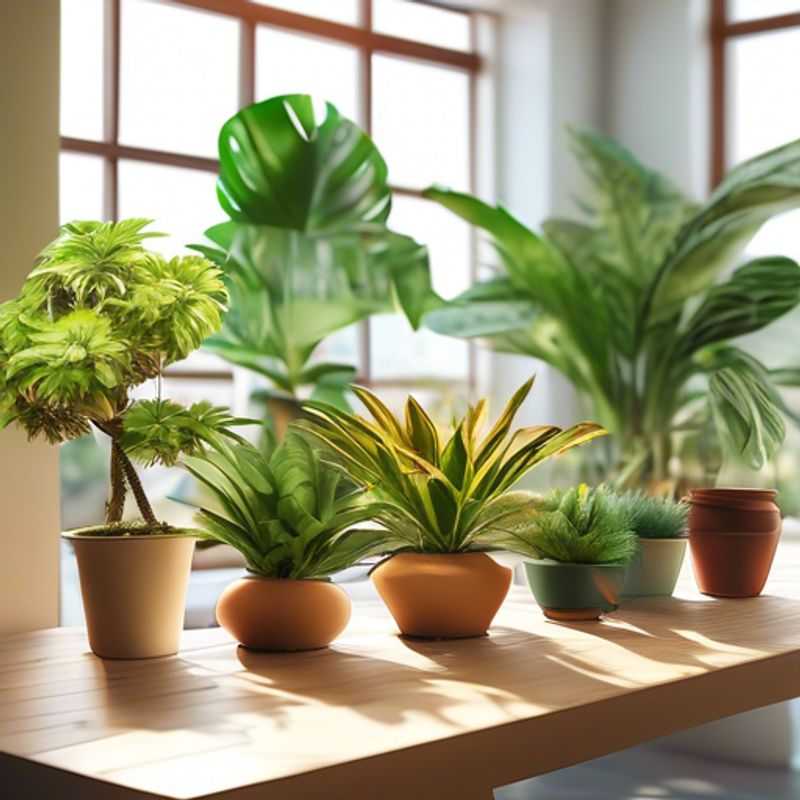
Choosing the Right Plant for Your Green Thumb: A Guide to Skill Level and Experience
Choosing the right plant for your home is a personal decision, and it's important to choose one that matches your experience level. There are plants that are easy to care for, and others that require more attention. If you're a beginner, start with a low-maintenance plant, like a snake plant or a ZZ plant. These plants are known for their resilience and can tolerate some neglect.
As you gain experience, you can gradually move on to more challenging plants, such as orchids or ferns. Remember, there are plenty of resources available to help you learn about plant care, so don't be afraid to ask for help.
It's also important to consider your lifestyle when choosing a plant. If you travel frequently or have a busy schedule, you'll want to choose a plant that can tolerate being watered less often. If you have pets, you'll need to choose a plant that is non-toxic to them.
With a little research and planning, you can find the perfect plant to bring life and beauty to your home.
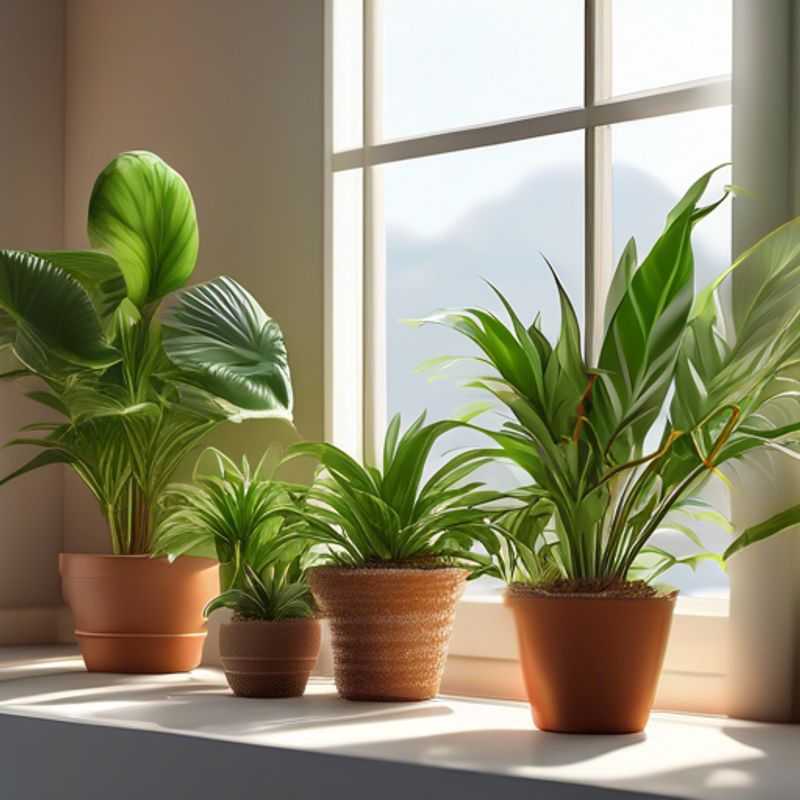
Plant Shopping: Checking for Pests and Diseases
Before you bring a new plant home, it's crucial to inspect it for any signs of pests or diseases. This proactive step can save you a lot of headaches and potential problems down the line.
Look for these common signs:
* Discoloration: Spots, patches, or wilting leaves could indicate fungal infections, bacterial diseases, or even pests.
* Holes or damage: Chewed or torn leaves, stems, or flowers point to insect infestations.
* Webbing or sticky residue: These are signs of spider mites or other sap-sucking insects.
* Unusual growths: Mushrooms, mold, or strange growths on the plant or soil could indicate a problem.
* Crawling or flying insects: This is a clear sign of infestation.
If you notice any of these issues, consider leaving the plant behind or contacting a horticultural expert for advice.
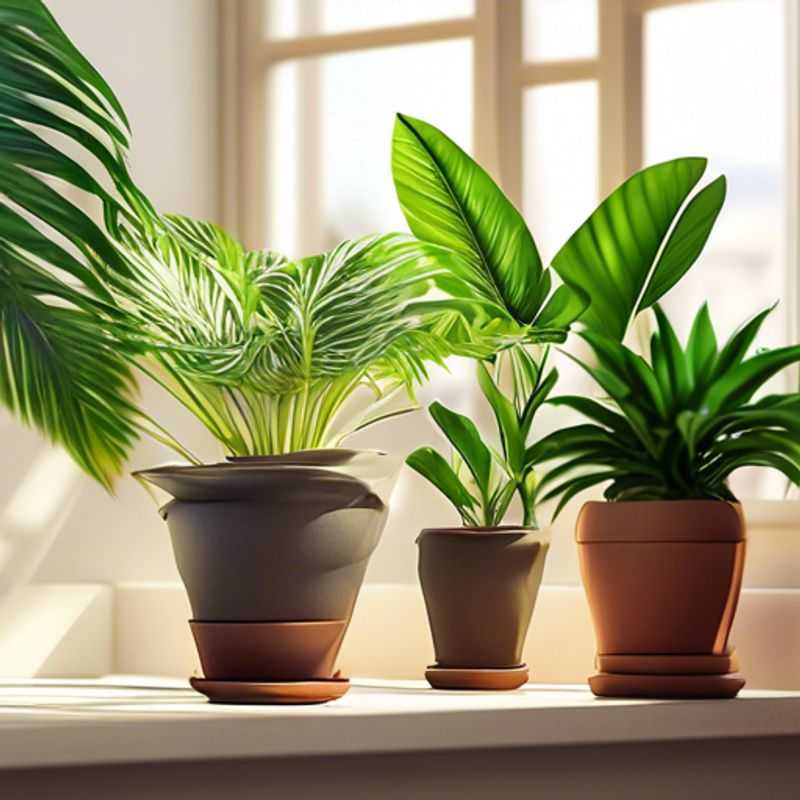
Drainage Matters: Preventing Root Rot in Your Plants
Ensure the pot has proper drainage to prevent root rot. This is crucial for the health of your plants. Drainage holes in the bottom of the pot allow excess water to escape, preventing the soil from becoming waterlogged. Waterlogged soil creates an environment where harmful bacteria and fungi can thrive, leading to root rot.
To ensure proper drainage, choose pots with drainage holes. Additionally, use potting mix that drains well, and avoid overwatering. When watering, allow the excess water to drain out completely before re-watering. By following these simple steps, you can help prevent root rot and keep your plants healthy and thriving.
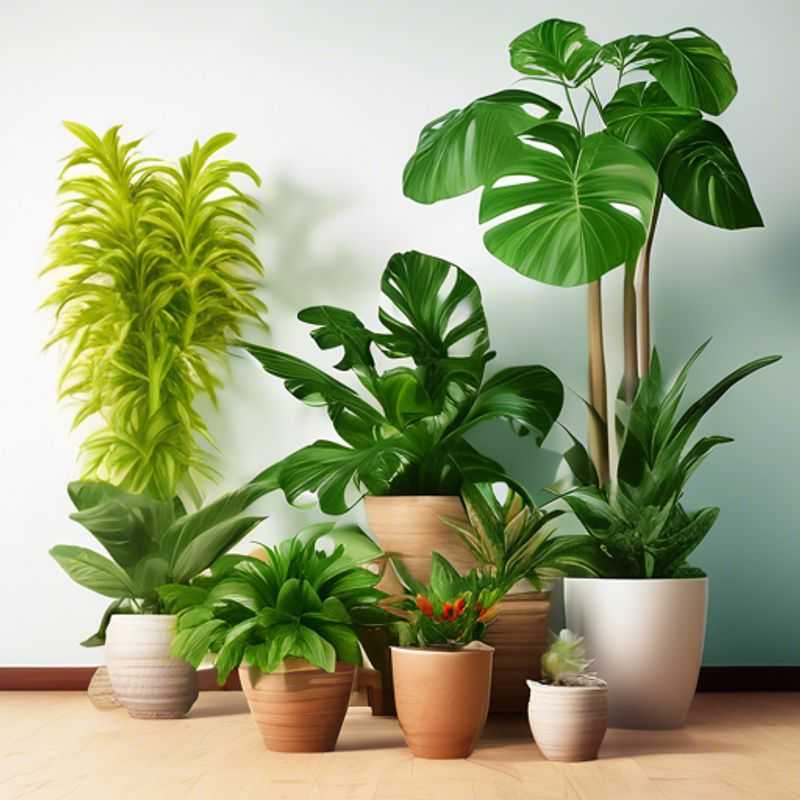
Start Small: Choosing Easy-Care Plants for Beginners
Starting with a smaller plant is a great way to ease into the world of plant care. They often require less attention and are more forgiving of beginner mistakes. This approach allows you to build confidence and learn the basics before tackling more complex plants. Some smaller plants are even known for their resilience, making them ideal for those who travel frequently or have a busy schedule.
Consider factors like the plant's light requirements, watering needs, and potential for growth before making your selection. Remember, even small plants can eventually grow larger, so choose one that will fit well in your space as it matures.
By starting small and gradually expanding your plant collection, you'll be able to cultivate a green oasis that brings joy and tranquility to your home without feeling overwhelmed.
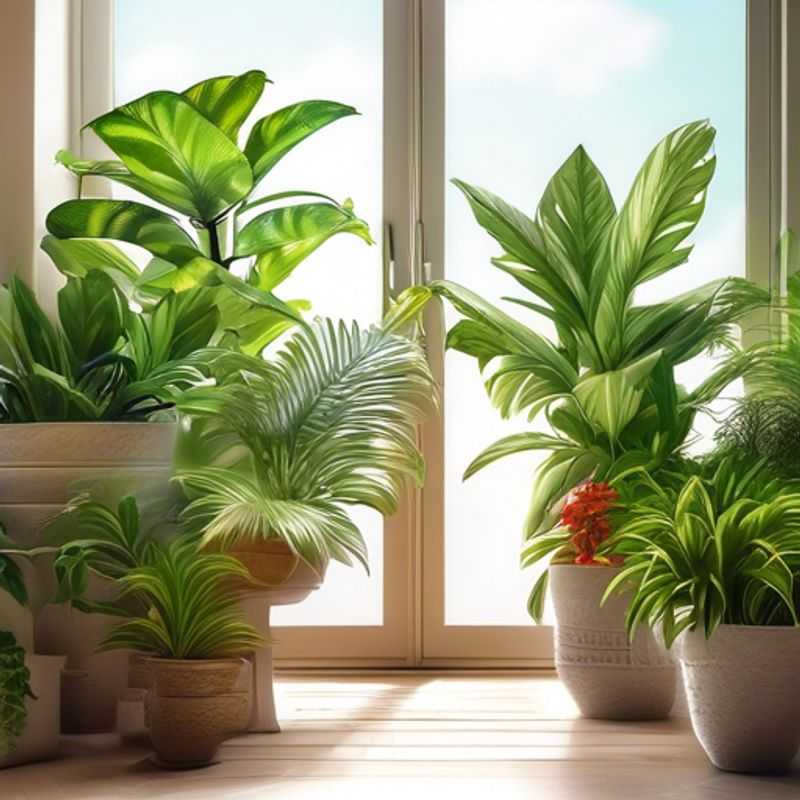
The Perfect Soil Mix Recipe for Your Favorite Houseplants
Choosing the right soil mix is crucial for the health of your houseplants. Different plants have unique needs, so understanding what type of soil is best for your specific houseplant is essential. For example, succulents and cacti thrive in a well-draining mix, often composed of sand, perlite, and potting soil. In contrast, tropical plants prefer a moisture-retaining mix, usually made from peat moss, bark, and compost.
When estimating costs for creating the ideal soil mix, consider purchasing specialized components such as perlite, vermiculite, or coconut coir, which can range from $5 to $20 each, depending on the quantity and quality. Additionally, pre-mixed potting soils are available, typically priced between $10 and $30 per bag, which can save time and ensure proper ratios.
It’s also wise to factor in tools like mixing containers or trowels, which can add another $5 to $20 to your budget. If you're looking to create a custom blend, investing in quality components will be beneficial in the long run, as it enhances plant growth and health.
Ultimately, the best soil mix for your houseplant will depend on its specific needs, so take the time to research and choose wisely!
